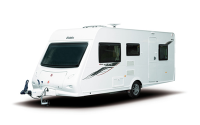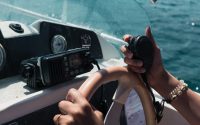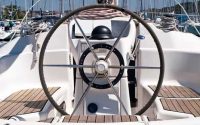Stay Afloat: How to Find the Ideal Lifejacket or PFD for Your Needs
Water activities, whether it’s boating, kayaking or fishing, offer adventure, tranquillity, and plenty of fun. But the water can be unpredictable. From shifting currents to sudden falls, even experienced swimmers can find themselves in trouble. That’s why wearing a lifejacket or Personal Flotation Device (PFD) isn’t just recommended, it’s essential. These aren’t just accessories; they are critical safety tools that can mean the difference between life and death.
Lifejacket vs. PFD
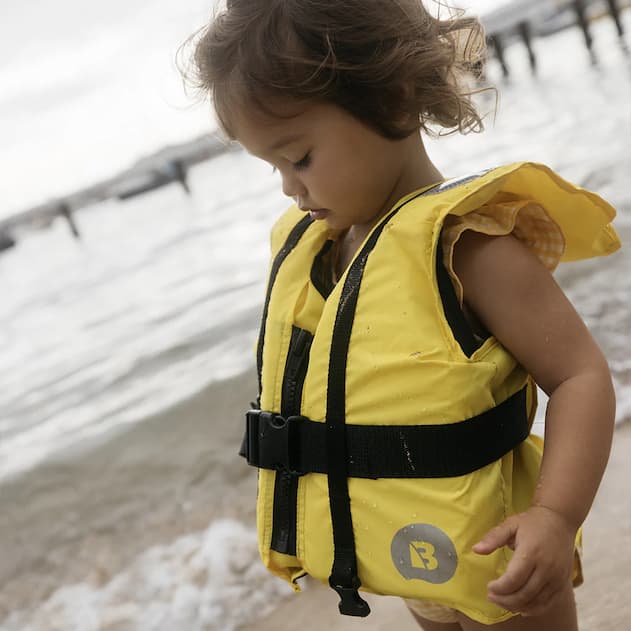
Lifejackets
Often referred to as Type I or Type II flotation devices, these jackets are specifically designed to keep the wearer’s head above water, even if unconscious. They offer the highest level of buoyancy and are most commonly used in open waters, offshore boating, or rough conditions where rescue may be delayed. The hallmark of a life jacket is its ability to turn an unconscious person face-up, keeping airways clear. This makes it the go-to option in commercial maritime settings, sailing in deep waters, or fishing far from shore.
The modern and protective life jackets have become more comfortable and less bulky, but they still prioritise safety over freedom of movement. That said, they’re not usually the first choice for active sports like kayaking or wakeboarding because of their size and design. Most life jackets are brightly coloured and come with reflective strips to increase visibility. Many also include built-in whistles, grab loops, and durable materials to withstand long-term exposure to sun and saltwater. When it comes to survival in extreme conditions, a properly fitted life jacket is your best bet.
Personal Flotation Devices
Unlike lifejackets, personal flotation devices are designed for comfort and ease of movement. They provide sufficient buoyancy to help conscious users stay afloat and are ideal for activities like kayaking, canoeing, paddleboarding, or fishing near shore.
PFDs come in a variety of styles, including vests and waist packs, and they typically allow for better mobility than traditional lifejackets. While they may not turn an unconscious wearer face-up, they are more comfortable for all-day use and often include features like pockets, lash tabs, and even hydration reservoirs. For recreational activities in calm, inland waters, a well-chosen PFD can be both protective and practical.
Regardless of which style you choose, fit is non-negotiable. A poorly fitted lifejacket or PFD won’t perform effectively and may not meet legal requirements. Always check that the device is Coast Guard-approved and appropriate for the specific water activity you’re doing.
The Key to Wearing It: Fit, Function, and Freedom
Proper Sizing
The most important measurement when selecting a flotation device is chest size, not weight, especially for adults. Chest measurement determines how the vest fits around the torso, ensuring it stays secure without restricting movement. For children, weight range is more critical, as it directly impacts buoyancy and the fit of the device. A proper fit should be snug but not tight. The PFD or lifejacket should not ride up when you lift your arms or when someone tugs on your shoulders. Adjustable straps at the sides, shoulders, and waist allow for a customised fit, perfect for growing kids or layering over swimwear and clothing.
Freedom of Movement
For activities that require arm movement, like paddling or casting a fishing line, choose a PFD with large armholes and a high-back design to avoid interference with kayak seats or boat backs. The goal is a snug fit without compromising your range of motion.
Padding and Materials
Look for soft, quick-drying materials that are comfortable against the skin. While you want adequate padding for buoyancy, avoid overly bulky designs that might restrict your activity. Mesh panels and open sides offer ventilation, especially helpful in hot or humid weather.
Features and Functionality
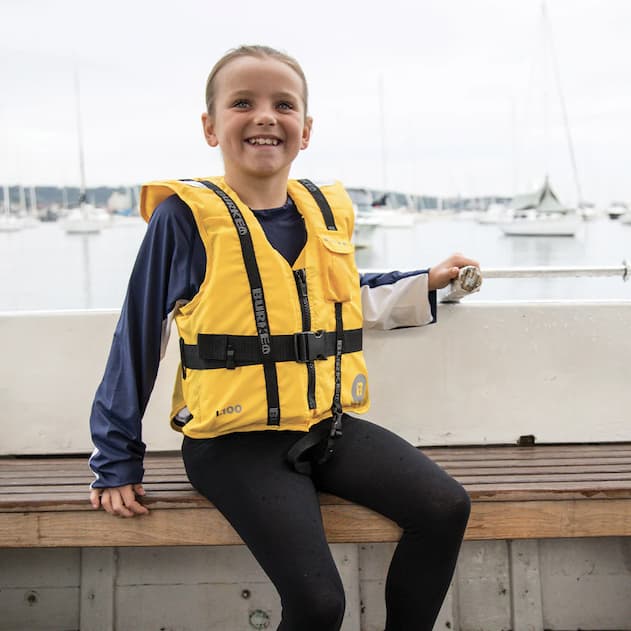
Today’s PFDs and life jackets are more than just flotation devices. They’re versatile tools loaded with helpful features:
- Pockets: Ideal for small essentials like snacks, fishing lures, or keys.
- Reflective Tape: Enhances visibility in dusk, dawn, or low-light situations.
- Whistle: Often included or required, for emergency signalling.
- Zipper vs. Buckle Closures: Choose based on ease of use and desired security. Some models include both for extra reliability
- Drainage: Mesh or grommet holes to prevent water retention and dry quickly.
- Colour: Opt for high-visibility shades like orange, lime green, or yellow for safety.
- Integrated Hydration: Some high-end PFDs include hydration bladder pockets. Great for long days on the water.
Specific Considerations for Different Users
Children
When it comes to kids, a life jacket or PFD is absolutely non-negotiable for any water activity, no matter how calm the water appears. A child’s flotation device should fit snugly and never ride up above the ears. Many children’s life vests feature head support (especially for infants and toddlers), a crotch strap to keep the jacket in place, and grab handles for quick retrieval. Bright colours are critical for visibility.
Pets
Yes, even your dog needs a flotation device! Pet-specific vests are shaped for animal anatomy and include buoyancy in the chest and belly areas. A grab handle is essential for lifting pets back into a boat or onto a dock, and reflective elements improve visibility.
Specialty Activities
- Fishing: Look for vests with extra pockets and tool attachments. Breathability is a bonus for long hours in the sun.
- Paddling: Choose lightweight, high-back PFDs that won’t interfere with kayak or canoe seats.
- Watersports: Go for more minimalist vests that allow freedom of movement, often designed with impact resistance for wakeboarding or water skiing.
Your Safety, Your Style, Your Fit
Finding the right life jacket or personal flotation device isn’t just about ticking a box. It’s about choosing gear that fits your activity, body, and lifestyle. Whether you’re an angler spending hours casting from a boat, a parent paddling with kids, or a weekend warrior tackling the rapids, there’s a flotation device tailored to your needs. With today’s wide variety of personal flotation devices, there’s no excuse not to wear one. By choosing a model that fits properly, suits your activity, and includes helpful features, you’re setting yourself up for both safety and enjoyment on the water.

